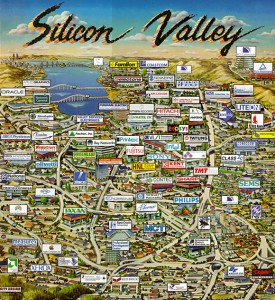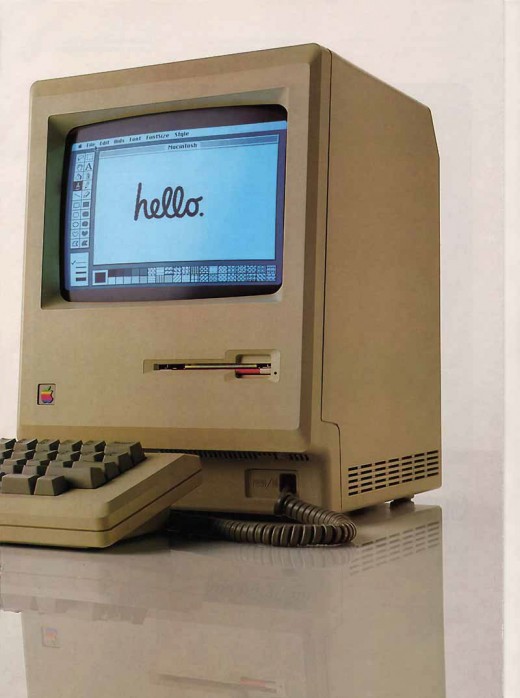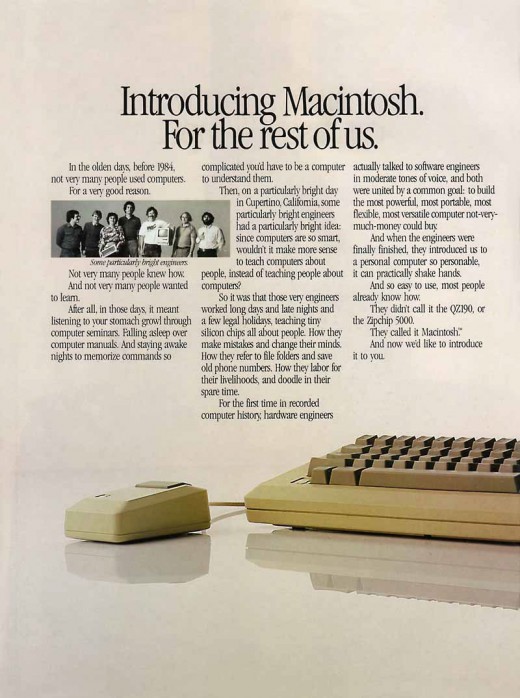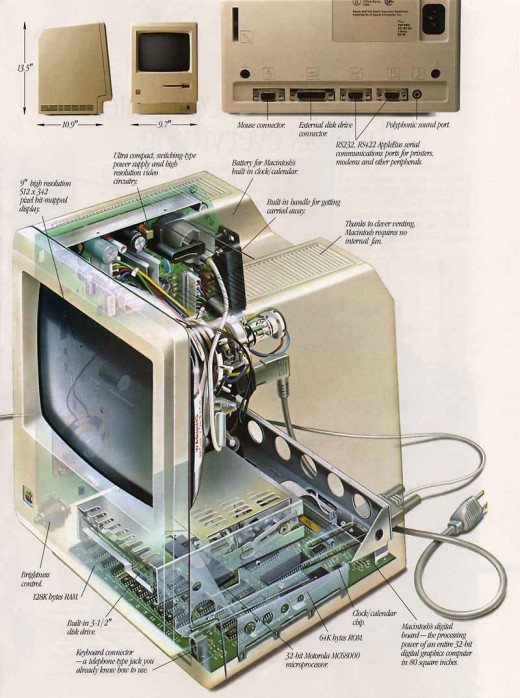From Steve Jobs’ Life: Location Really Does Matter for Entrepreneurship
![]() This is an analysis based on Steve Jobs by Walter Isaacson and other sources of research. Enjoy.
This is an analysis based on Steve Jobs by Walter Isaacson and other sources of research. Enjoy.![]()
 Location Really Does Matter For Entrepreneurs:
Location Really Does Matter For Entrepreneurs:
You need to be in the right place at the right time. Being exposed to many ideas, variables, and potential inputs for accidental discoveries is better than living in a risk averse environment. In High School, Jobs took an electronics class which would have been less likely in most other cities in the US or Canada. Steve Jobs was fortunate to be raised in Silicon Valley, and because of that location it is less of a mystery as to why Jobs is who he was. Defense contracts in Silicon Valley during the 1950s shaped the history of the valley, military investment was used to build cameras to fly over the USSR, for example. Military companies were on the cutting edge, and made living in Silicon Valley interesting. In the 1930s, Dave Packard moved into Silicon Valley, and his garage was the core of the creation of Hewlett Packard. In the 1960s, HP had 9,000 employees, and it was where all engineers wanted to work. Jobs was ambitious enough at a young age to phone Dave Packard and ask for some parts. That’s how he got a summer job there. Moore’s Law emerged in Silicon Valley, Intel was able to develop the first micro processor. Financial backing was made easier to acquire where rich New Yorker’s retired to…By having the chip technology that could be cost measured for projections, Jobs and Gates would use this metric to revolutionize the technological world.
Velo City
From Steve Jobs’ Life: THe Original Macintosh Had Bad Sales
 The Original Macintosh Had Bad Sales:
The Original Macintosh Had Bad Sales:
During the planning for the release of Macintosh, the marketing costs needed to be factored into the price according to then CEO John Scully. Scully said $1,999 price was too low because the marketing budget required to spend more in order to sell Apple to the masses. As a result, they set the price to $2,499 for the Macintosh. Steve Jobs argues that this price was the reason that the Macintosh did not sell well in 1984. After the 2nd quarter of 1984, Macintosh started to slump in sales. It was slow, dazzling but not powerful enough. In addition, Macintosh had only 2 applications so there was a major software development gap. It was beautiful but Macintosh used a lot of memory. Lisa functioned on 1000K of Ram. Macintosh had 128K of Ram. There was lack of an internal hard-disk drive.
Jobs wanted to have a floppy disk drive. Macintosh did not have a fan so it over heated easily. When people became aware of flaws, reality hit. By the end of 1984, Jobs made a strange decision, he took unsold Lisa’s grafted on a Macintosh emulation program, and sold them as a new product. Jobs was producing something that wasn’t real, it sold well, and then it had to be discontinued within the company once the extra LISA’s were sold.
The distribution system did not respond to demand effectively, and there was an inventory backlog which was unintended by Apple Inc. Macintosh very simply did not sell well enough for the production level of building a copy of the computer every 23 seconds. This would later help Jobs realise that a Just-In-Time inventory strategy would be better suited. This was Dell computer’s competitive advantage.
On balance, Jobs’ marketing from 77 to 85 was brilliant but there were some patchy points. Not everything that Apple did on a marketing level had been genius under Jobs’ influence in the 1977-1985 era. We always talk about the 1984 commercial but check out the worst Apple ad ever from 1985 which reads: “you corporate hacks are buying IBM computers without really thinking.”
![]() This is an analysis based on Steve Jobs by Walter Isaacson and other sources of research. Enjoy.
This is an analysis based on Steve Jobs by Walter Isaacson and other sources of research. Enjoy.![]()



